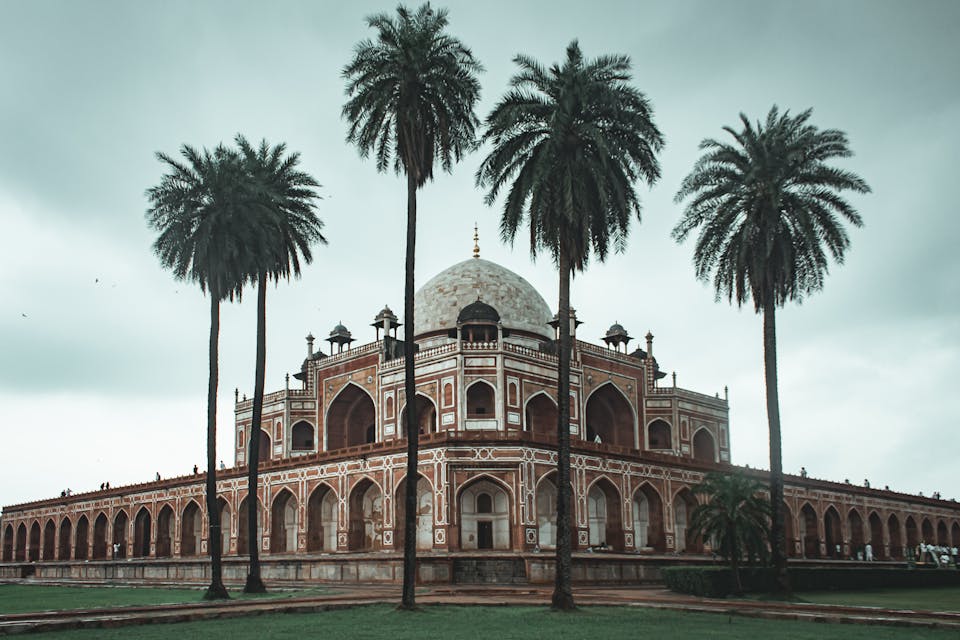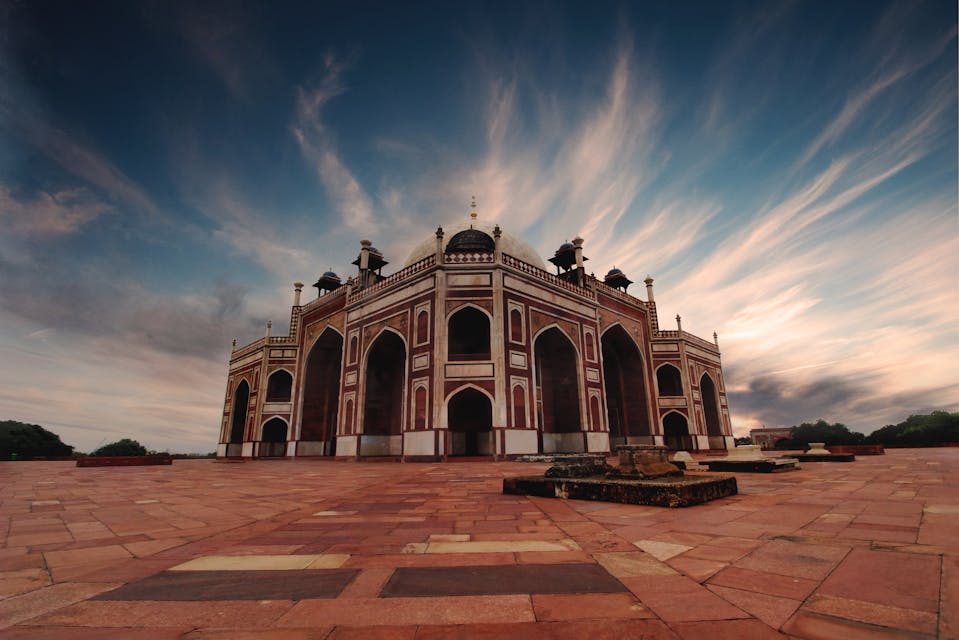10 Facts About Delhi’s Colonial Heritage

Delhi, the capital city of India, is not only known for its rich ancient history but also for its colonial heritage. The city has witnessed the influence of various colonial powers, leaving behind a legacy that is worth exploring. Here are 10 fascinating facts about Delhi’s colonial heritage.
1. The British Raj
Delhi served as the capital of British India from 1911 until 1947 when India gained independence. The British Raj left an indelible mark on the city’s architecture, urban planning, and cultural landscape.
2. Lutyens’ Delhi
Sir Edwin Lutyens, a renowned British architect, designed the central administrative area of Delhi, known as Lutyens’ Delhi. This area is home to iconic structures such as the Rashtrapati Bhavan (President’s House), India Gate, and the Parliament House.

3. India Gate
India Gate, a war memorial located in the heart of Delhi, was built in memory of the Indian soldiers who lost their lives during World War I. It stands as a symbol of sacrifice and valor and is a popular spot for locals and tourists alike.
4. Connaught Place
Connaught Place, often referred to as CP, is a bustling commercial and cultural hub in Delhi. It was designed by Robert Tor Russell, a British architect, and is known for its circular layout and colonial-era buildings.
5. Viceregal Lodge
The Viceregal Lodge, now known as Rashtrapati Bhavan, served as the residence of the Viceroy of India during the British Raj. Spread over 320 acres, it is one of the largest presidential residences in the world.

6. St. James’ Church
St. James’ Church, located near Kashmiri Gate, is one of the oldest churches in Delhi. Built during the British era, it showcases beautiful Gothic architecture and is a peaceful retreat amidst the bustling city.
7. Delhi Railway Station
Delhi Railway Station, also known as Old Delhi Railway Station, was built by the British in 1864. It is one of the oldest and busiest railway stations in India, connecting Delhi with various parts of the country.
8. Parliament House
The Parliament House, also known as Sansad Bhavan, is an iconic colonial-era building that houses the Parliament of India. Designed by Herbert Baker, a British architect, it is a symbol of India’s democratic governance.

9. Coronation Durbar Site
The Coronation Durbar Site, located in the Coronation Park, was the venue for the grand Durbar held in 1911 to commemorate the coronation of King George V as the Emperor of India. The site is now a reminder of the colonial pomp and splendor.
10. Delhi Golf Club
The Delhi Golf Club, established in 1931, is one of the oldest golf clubs in India. It was originally founded as a recreational retreat for British officers and continues to be a popular destination for golf enthusiasts.
🏰🇮🇳🏛️
Delhi’s colonial heritage is a fascinating blend of architectural marvels, historical landmarks, and cultural influences. Exploring these sites not only offers a glimpse into the city’s past but also showcases the enduring legacy of colonial India.

